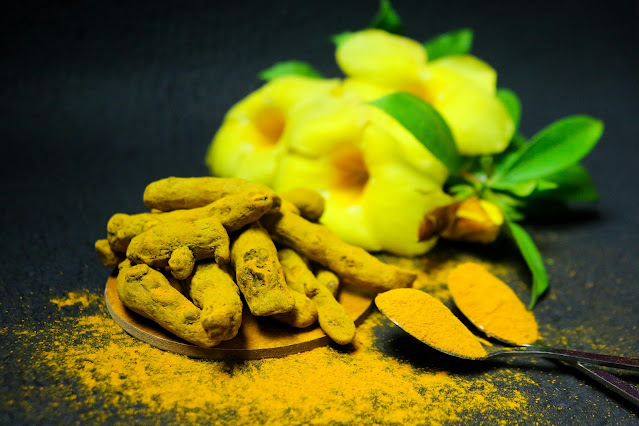As the popularity of plant-based diets grows, so does the demand for dairy alternatives like vegan milk. Plant-based milk options offer a great solution for those with lactose intolerance, dairy allergies, or who prefer a vegan diet. Plus, they’re easy to make at home! This article provides seven delicious plant-based milk recipes you can prepare yourself, each with its own flavor profile, nutritional benefits, and versatility.
Benefits of Making Plant-Based Milk at Home
Before we dive into the recipes, let’s look at some of the reasons to make vegan milk at home:
- Health Benefits: Homemade plant-based milk is free from preservatives, artificial additives, and added sugars, allowing you to control the ingredients.
- Customizable Flavor: Adjust sweetness, consistency, and flavor.
- Eco-Friendly: Making milk at home reduces the need for single-use cartons and plastic packaging.
- Cost-Effective: With a few ingredients and tools, you can make plant-based milk at a fraction of the cost of store-bought options.
Now, let’s explore the top plant-based milk recipes!
1. Almond Milk
Almond milk is one of the most popular dairy alternatives due to its creamy texture and slightly nutty flavor. It’s also a great source of vitamin E, calcium, and magnesium.
Ingredients:
- 1 cup raw almonds, soaked overnight
- 4 cups water
- Optional: 1-2 dates or 1 tsp vanilla extract for sweetness
Instructions:
- Drain and rinse the soaked almonds.
- Add almonds and water to a blender and blend until smooth.
- Strain the mixture through a nut milk bag or cheesecloth to remove the pulp.
- Sweeten with dates or vanilla extract if desired.
- Store in an airtight container in the refrigerator for up to 4 days.
2. Oat Milk
Oat milk has a naturally sweet taste and is creamy, making it perfect for coffee, smoothies, and baking. It’s also high in fiber, particularly beta-glucan, which is beneficial for heart health.
Ingredients:
- 1 cup rolled oats
- 4 cups water
- Optional: a pinch of salt or 1 tsp maple syrup
Instructions:
- Soak the oats in water for about 15-30 minutes, then rinse and drain.
- Blend the oats with fresh water until smooth.
- Strain through a nut milk bag or a fine mesh sieve.
- Add salt or maple syrup if desired.
- Store in the refrigerator for up to 5 days. Shake well before using, as oat milk can naturally separate.
3. Coconut Milk
Coconut milk has a rich, tropical flavor and creamy texture. It’s high in healthy fats and is perfect for desserts, curries, and smoothies.
Ingredients:
- 1 cup shredded coconut (unsweetened)
- 4 cups hot water
Instructions:
- Add shredded coconut and hot water to blend until smooth.
- Strain through a nut milk bag or cheesecloth.
- Store in the refrigerator for up to 4 days. Shake before using, as coconut milk can separate.
4. Cashew Milk
Cashew milk is naturally creamy, with a mild, nutty flavor. Unlike other plant-based milks, it doesn’t require straining, which makes it a quick option for those short on time.
Ingredients:
- 1 cup raw cashews, soaked for 4-6 hours
- 4 cups water
- Optional: 1-2 dates or 1 tsp vanilla extract for sweetness
Instructions:
- Drain and rinse the soaked cashews.
- Blend cashews and water until completely smooth. No need to strain.
- Sweeten with dates or vanilla extract if desired.
- Store in the refrigerator for up to 4 days.
5. Soy Milk
Soy milk is high in protein, making it a popular choice among vegans. It has a mild flavor and works well in cooking, baking, and coffee.
Ingredients:
- 1 cup dried soybeans, soaked overnight
- 4 cups water
- Optional: 1-2 dates or 1 tsp vanilla extract
Instructions:
- Drain and rinse the soaked soybeans.
- Boil the soybeans in fresh water for about 15 minutes to remove any raw flavor, then drain.
- Blend the cooked soybeans with 4 cups of water until smooth.
- Strain through a nut milk bag or cheesecloth.
- Sweeten with dates or vanilla extract if desired.
- Store in the refrigerator for up to 5 days.
6. Rice Milk
Rice milk is naturally sweet and has a thin, light consistency. It’s a good option for those with nut or soy allergies and is perfect for cereals, smoothies, and light desserts.
Ingredients:
- 1 cup cooked white or brown rice
- 4 cups water
- Optional: 1 tsp maple syrup or a pinch of salt
Instructions:
- Blend cooked rice and water until smooth.
- Strain through a nut milk bag or fine mesh sieve.
- Sweeten with maple syrup or add a pinch of salt if desired.
- Store in the refrigerator for up to 5 days. Shake well before use, as rice milk can naturally separate.
7. Hemp Seed Milk
Hemp seed milk is a fantastic option for those who need a nut-free, dairy-free milk alternative. It’s high in omega-3 fatty acids and protein, and it has a slightly earthy taste.
Ingredients:
- ½ cup hemp seeds
- 4 cups water
- Optional: 1-2 dates or 1 tsp vanilla extract
Instructions:
- Blend hemp seeds and water until smooth.
- Straining is optional, as hemp seeds blend easily and produce a smooth texture.
- Sweeten with dates or vanilla extract if desired.
- Store in the refrigerator for up to 5 days.
Tips for Making the Best Homemade Plant-Based Milk
- Soaking: Soaking nuts and seeds beforehand can improve the creaminess and digestibility of your milk. An 8-hour soak is recommended for most nuts, while oats only need about 15-30 minutes.
- Blending: Use a high-speed blender for the creamiest texture.
- Straining: Nut milk bags or cheesecloths work best for straining. Some plant-based milks, like cashews and hemp, do not need to be strained.
- Flavoring Options: Customize your milk with natural flavors. Vanilla, cocoa powder, cinnamon, or a pinch of salt can enhance the taste.
Why Choose Homemade Plant-Based Milk?
Homemade plant-based milk offers the benefits of fresh taste, no preservatives, and the ability to customize your milk exactly how you like it. Plus, it’s more cost-effective and environmentally friendly than many store-bought options.












%20Causes,%20Symptoms,%20and%20Treatments.jpg)









